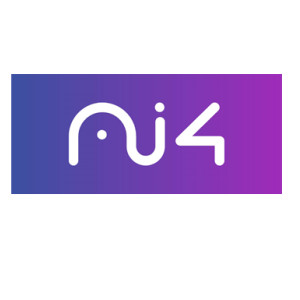 \
&
Contact us
\
&
Contact us
 \
&
Contact us
\
&
Contact us
Published on | 1 year ago
Programmes ERC ERCThis week the European Research Council (ERC) 2025 work programme has been published, including the provisional call calendar, after it was adopted by the European Commission. The work programme includes a call for each main frontier research grant, i.e. Starting, Consolidator, Advanced and Synergy Grant, plus a call for complementary funding for ERC Principal Investigators, i.e. the Proof of Concept Grant with two submission deadlines. The work programme contains also several other actions including public procurement, e.g. support to programme monitoring and evaluation, support to the Europe PMC initiative and assessment of the scientific impact of ERC-funded research. The main novelties compared to the previous (2024) work programme are:
We offer news and event updates, covering all domains and topics of Horizon Europe, Digital Europe & EDF (and occasionally, for ongoing projects, Horizon 2020).
Stay informed about what matters to you.
By signing up, you can opt in for e-mail notifications and get access to
a personalised dashboard that groups all news updates and event announcements in your domain(s).
Only for stakeholders located in Flanders

The AI4Culture project, funded under Digital Europe call Data space for cultural heritage (deployment) aims to develop an online capacity building hub for AI technologies in the cultural heritage sector. This hub contributes to the creation of the European common cultural heritage data space, which provides support to the digital transformation of Europe’s cultural sector and fosters the creation and reuse of content in cultural and creative sectors. The Flemish company CrossLang is one of the 12 partners in the project and brings in its year-long expertise in the development of multilingual technology to the transcription and translation of scanned printed and handwritten documents.